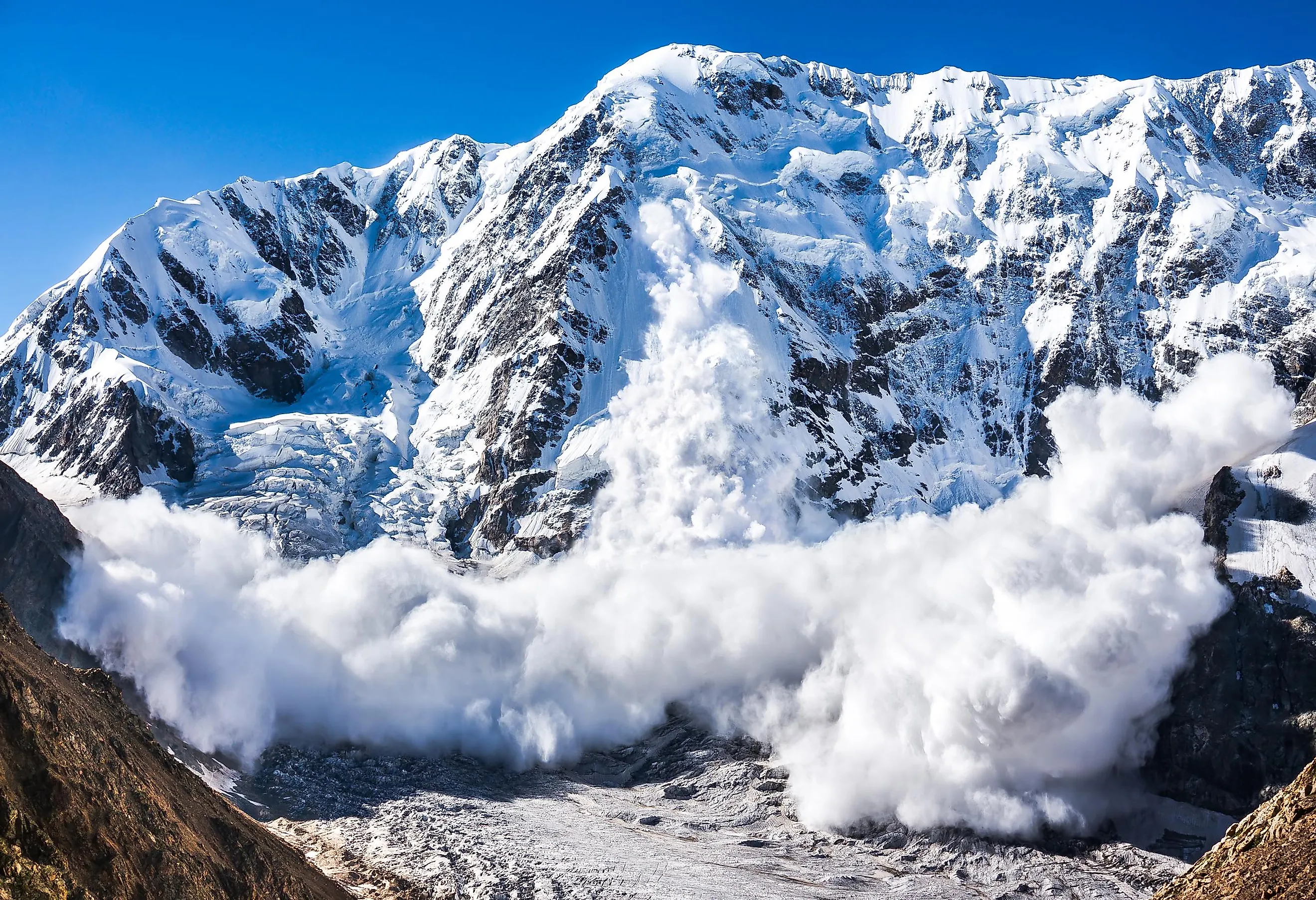
Deadliest Avalanches In History
An avalanche is described as the sudden descent of large chunks of rocks, snow, and ice that tumble down a mountainside, one of the most dreaded phenomena for those living at the foothills or at the bottom of mountains in cold regions around the world. Numerous avalanche disasters around the globe have claimed innocent lives, listed below are a few of the deadliest avalanches in history.
The Deadliest Avalanches in History
- Huascarán Avalanche,Yungay, Peru, 1970 - 22,000 Deaths
- White Friday Avalanche, Monte Marmolada, Italy, 1916 - 2,000 to 10,000 Deaths
- Huascarán Avalanche, Peru, 1962 - 4,000 Deaths
- Afghanistan Avalanches, 2015 - 310 Deaths
- Winter Of Terror, Austria, Switzerland, Italy 1950-51 - 265 Deaths
- Afghanistan Avalanches, Afghanistan, 2012 - 201 Deaths
- Lahaul Valley Avalanche, India, 1979 - 200 Deaths
- Salang Avalanches, Afghanistan, 2010 - 172 Deaths
- Mitsumata And Asahi Village Avalanches, Japan, 1918 - 155 and 154 Deaths
1. Huascarán Avalanche,Yungay, Peru, 1970 - 22,000 Deaths
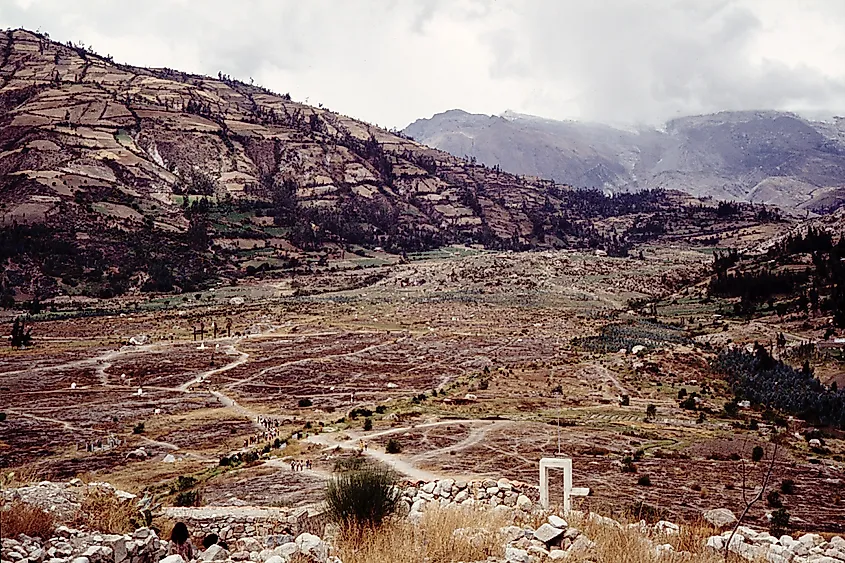
Way back in 1872, Yungay in Peru was struck by an avalanche that nearly destroyed the town, the 1970 Huascarán Debris Avalanche disaster was of similar magnitude. The 1970 avalanche is said to have originated from the north peak of Huascarán which was unstable right from 1962.
The unfortunate events of the 1970 avalanche took place on May 31, 1970, a Sunday when many people gathered at the market causing this unexpected catastrophe to take more lives than expected. The massive Ancash earthquake troubled the glacier and masses of snow, therefore, resulting in the dreaded debris avalanche taking whatever came along its path, including water-laden masses, soil, and fragmented rock in a fully blown rapidly progressing mud-slide thus destroying Yungay, Ranrahirca, and ten more villages while claiming about 22,000 lives.
While the mudflow accumulated huge amounts of rock, surface water, and loose dirt, it leveled the whole city. Also, entering the city of Río Santa, the mudslide further augmented the great damage as it continued downstream to a distance of 100 miles through a thin canyon all the way to the Pacific Ocean. The earthquake and avalanche collectively resulted in huge property damages, in addition, more than 70,000 deaths. With so many lives lost, this is one of the deadliest avalanches or glacier-related disasters in global history.
2. White Friday Avalanche, Monte Marmolada, Italy, 1916 - 2,000 to 10,000 Deaths
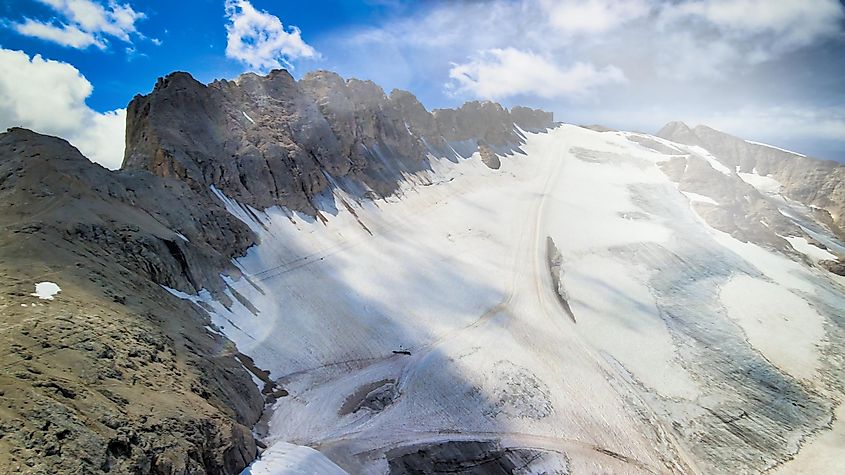
Striking the Austro-Hungarian barracks on Mount Marmolada, in 1916, this avalanche claimed the lives of 270 soldiers near the Gran Poz summit of Monte Marmolada, Italy. Even though the avalanche happened on a Wednesday, on account of the nature of the disaster, it is referred to as the “White Friday Avalanche.” In the collective event of the series of avalanches marked by this disaster, the White Friday Avalanche disaster is the second worst avalanche-related disaster recorded after the 1970 Huascarán Avalanche.
The first avalanche on December 13, 1916, began with 100,000 tons of snow, rocks, and ice descending mount Marmolada and going straight into the barracks of the Austrian soldiers killing 300 soldiers. It was just the start of a series of other dangerous avalanche disasters mediated by the heavy snowfall that year. It happened on the Italian front of World War I with some reports citing that during the war between both sides, each aimed to destroy the snow masses on the other side so that they could bury their enemies.
Although historically it is estimated that at least 2,000 soldiers and many more civilians lost their lives on this day, it is difficult to get the exact number. More recent data published in 2016 suggests that while about 2,000 Austro-Hungarian soldiers were killed, an equal number of Italian soldiers also lost their lives. The best estimate of those killed according to multiple sources is said to be between 9,000 and 10,000 soldiers, all of who lost their lives by the end of the winter due to the collective avalanches that took place as a result of the White Friday disaster.
3. Huascarán Avalanche, Peru, 1962 - 4,000 Deaths
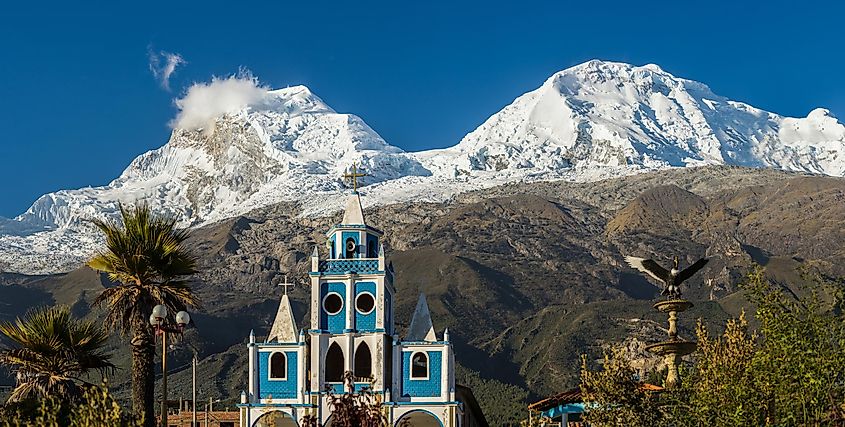
Mount Huascarán amidst the Andes Mountains stood 22,000 feet above sea level with several Peruvian communities, many of whose livelihoods depended on farming in the Rio Santa Valley.
As many of the unsuspecting victims finished a normal day’s work and came together for dinner on the evening of January 10, 1962, the periphery of the massive glacier abruptly came apart following its roaring down the mountain. Weighing almost a humungous six million tons and the size of two skyscrapers, the impact of fall and the thundersome sound resounded in villages close by. There was a small gap between the sound of the ice cracking and the actual avalanche, giving people some time to seek refuge on higher ground. Once the avalanche began, the speed however was greater than expected, covering a distance of 9.5 miles in seven minutes thus wiping many communities before they could escape.
The 1962 Huascarán avalanche buried the towns of Ranrahirca and Huarascucho under forty feet of snow and continued killing people till it reached the Santa River causing flooding by stopping its flow. Many bodies were missing, buried under the snow waiting to be recovered. With claiming almost 4,000 lives, and losses of farm animals, and crops along with the flooding at the Santa River it destroyed about nine towns and seven smaller villages.
4. Afghanistan Avalanches, 2015 - 310 Deaths
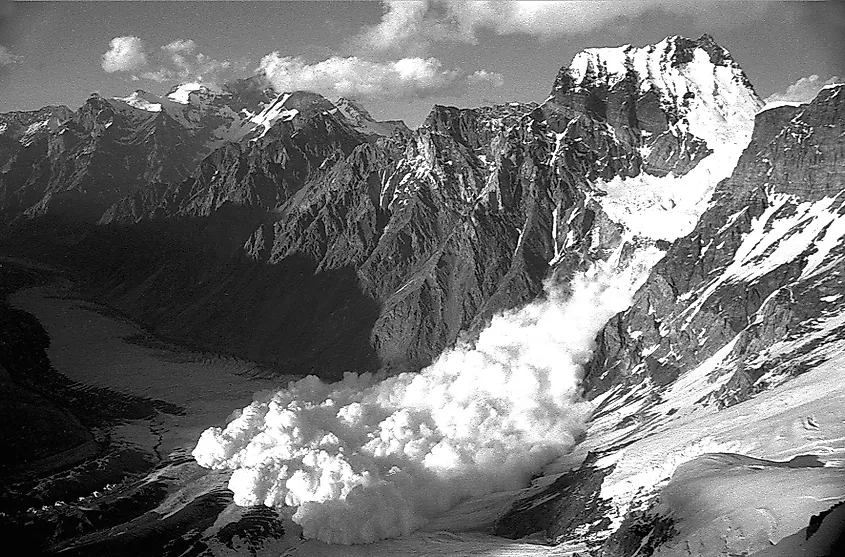
Afghanistan is prone to natural disasters such as avalanches, earthquakes, landslides, heavy snow, and floods. During the 1980 to 2015 period, there were at least fifteen major avalanches. As a result of natural disasters, Afghanistan recorded the second-highest number of casualties worldwide.
2015 in particular was tragedic with a series of lethal avalanches in at least four northeastern provinces. The heavy snow, snowstorms, and fallen trees only further worsened the case. With about a hundred homes belowground, killing all those underneath, the worst hit area was said to be the Panjshir province which lay about sixty miles northeast of the capital city, Kabul. The other badly affected provinces were Bamyan, Badakhshan, Nangarhar, and Laghman.
During the 2015 avalanches, at least 33,000 people were affected, 72 were injured, and 6560 people lost their homes. It was further reported that 124 people lost their lives in northeastern Afghanistan with a total estimation of about 300 lost lives during these devastating events. The rescue operations were slow owing to the heavy rainfall, fallen trees, and bad snowstorm.
5. Winter Of Terror, Austria, Switzerland, Italy 1950-51 - 265 Deaths
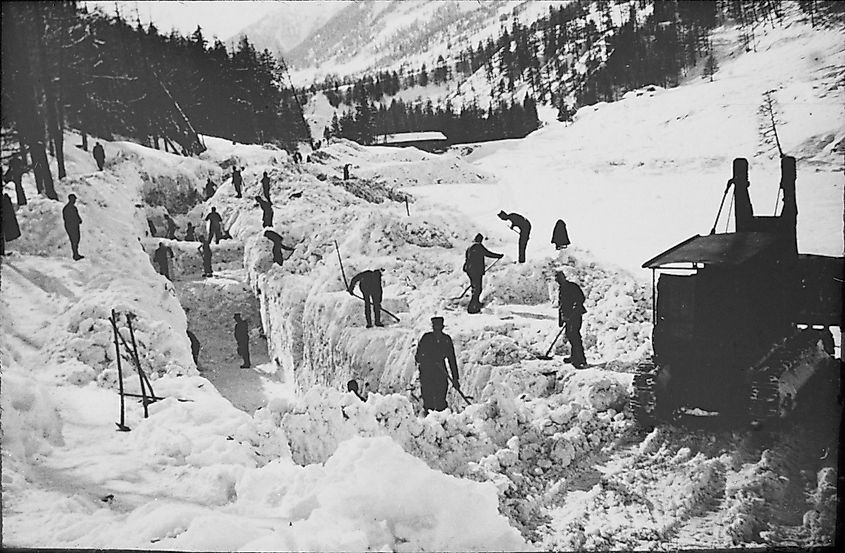
The terrible “Winter of Terror” is the dreaded three-month period when an unforeseen outburst of many avalanches took place in the Alps in Austria, Switzerland, and Italy.
The terror began after a January snowstorm that went on for two days piling up two more meters of snowfall to what was already twice the seasonal average. The snowstorm itself was unusual and happened as a result of the merging of the polar cold front with the Atlantic warm front. A cascade of 649 avalanches soon followed plunging down the mountains due to bad weather conditions. The high precipitation and snow which accumulated over three days destroyed more than 600 buildings with over 40,000 people trapped under the snow.
The most affected during this time was Austria, killing almost 135 people and destroying many villages. There was a lot of damage to thousands of acres of valuable forest area in Austria and Switzerland. The Andermatt town in Switzerland that lay in the Adula Alps was struck by six avalanches in sixty minutes taking 13 lives. The Swiss Valais canton also lost about 900 man-made dwellings and structures, 92 people, and about 500 cattle. Altogether, the avalanches resulted in housing, and residential losses, damages, and losses of constructed structures including a total loss of 265 lives.
6. Afghanistan Avalanches, Afghanistan, 2012 - 201 Deaths
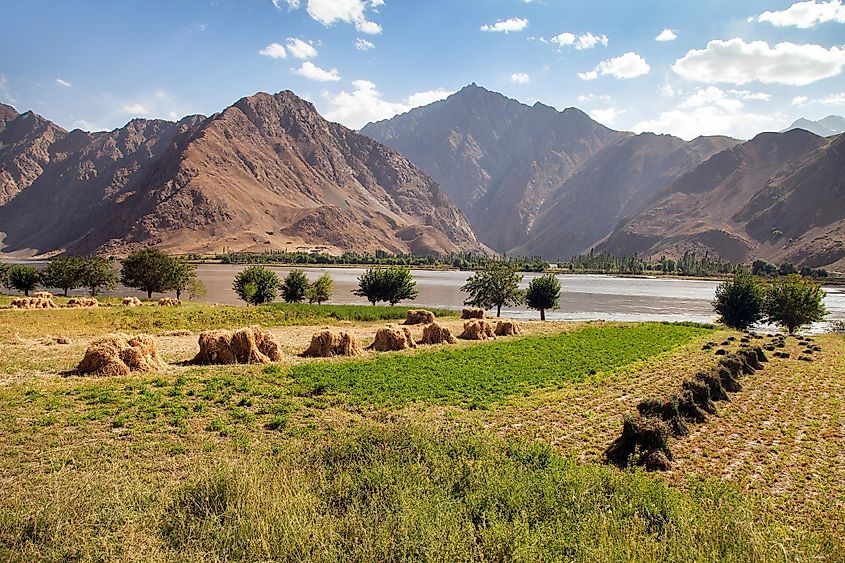
In February 2012, a series of avalanches struck the mountainous province of Badakhshan in northeastern Afghanistan, killing more than 50 people and burying entire villages under snow and ice. The avalanches were triggered by heavy snowfall and unusually warm weather, which caused the snow to melt and become unstable. The remote location of the affected areas made rescue efforts difficult, with many villages only accessible by foot or helicopter. The Afghan government and international aid organizations provided relief supplies and medical assistance to the survivors, but the difficult terrain and harsh weather conditions hampered their efforts. The avalanches highlighted the vulnerability of rural communities in Afghanistan to natural disasters, which are expected to increase in frequency and severity due to climate change.
7. Lahaul Valley Avalanche, India, 1979 - 200 Deaths
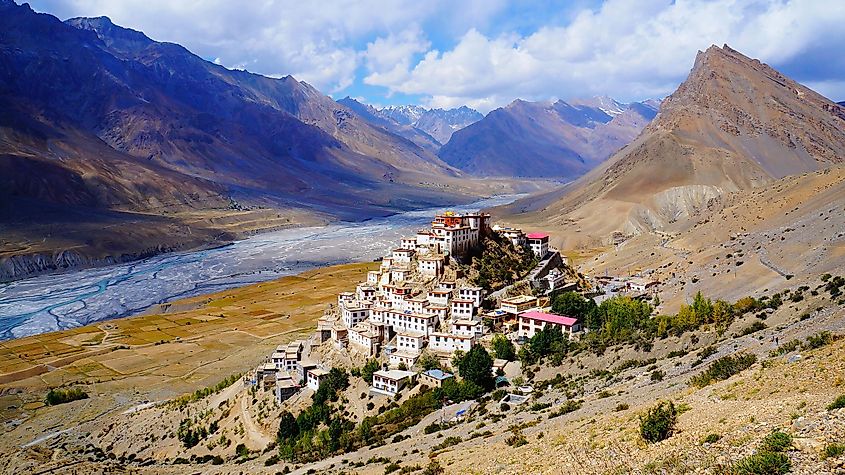
The heartbreaking 1979 avalanche happened in early March (March 6, 1979) as a result of excessive snow over a period of five days in the Lahaul Spiti Valley of Himachal Pradesh, India.
Multiple snowstorms trigged the avalanche, the only such fatal incident at the foothills of the Himalayas in the state of Himachal Pradesh when the beautiful valley inhabited by unsuspecting people was buried under twenty feet of snow.
The avalanche at that time is said to have buried four villages while also snatching away the lives of about 254 people who were so suddenly buried under the heap of snow. Authorities are yet to come up with an avalanche forewarning system in the snowstorm-prone areas of Leh-Lahaul-Kinnaur.
8. Salang Avalanches, Afghanistan, 2010 - 172 Deaths
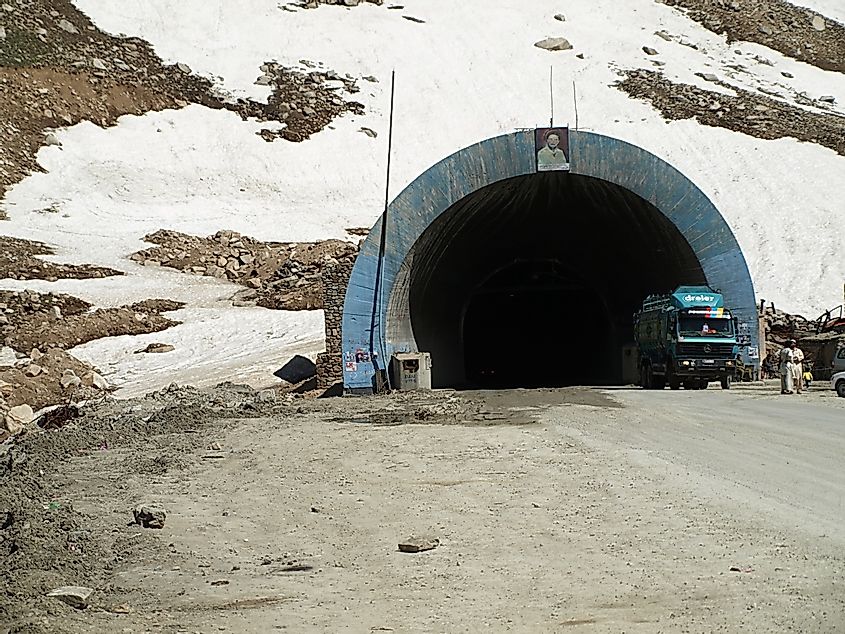
Another fatal event for the Afghani people, mainly caused by a sudden storm in the Hindu Kush mountain range gave rise to a chain of 36 avalanches around early February of 2010. Collectively called the 2010 Salang Avalanches, they struck the south of the Salang tunnel that lay to the North of the capital city, Kabul.
An unexpected blizzard with heavy rains and winds is said to have caused chaos just before the disaster struck as the Salang tunnel and roads around it were closed. The disastrous first seventeen avalanches that took place buried the roadway in the tunnel, trapping thousands of people who were in their vehicles traveling while this happened, and also blocking travel to the northern parts of the country.
With hundreds of cars buried in the snow, rescue efforts were made to push down vehicles and help those trapped. The Afghan National Army was at the forefront of rescuing those affected with lots of other help from various others organizations such as NATO and the International Security Assistance Force. Many injuries were reported while the total estimated death toll was 172.
9. Mitsumata And Asahi Village Avalanches, Japan, 1918 - 155 and 154 Deaths
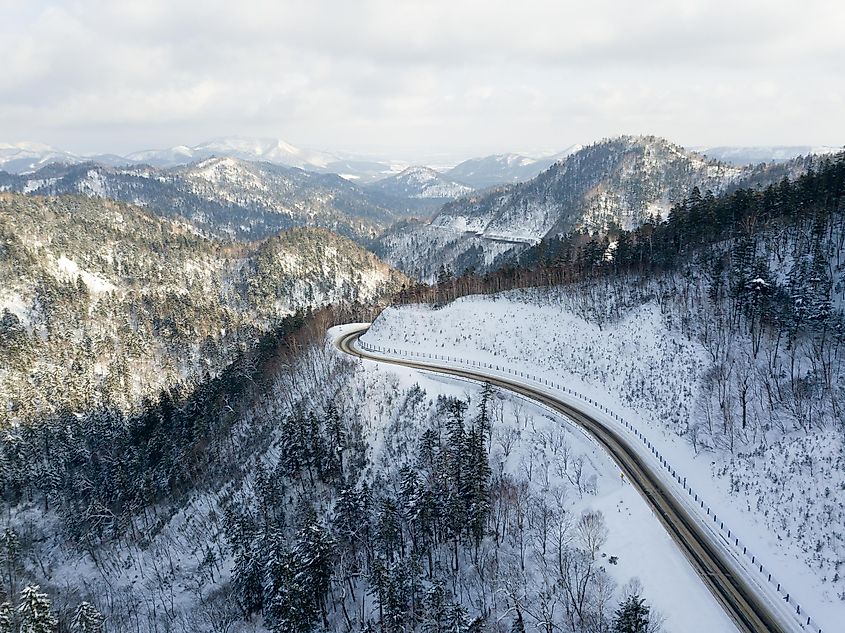
Japan can never forget the 1918 avalanches, the heavy snow at some places caused snow to reach a staggering height of about 197 feet. Not only did this cause confusion on the roads to disrupt traffic but also caused unimaginable damages and loss of lives.
Listed as one of the most fatal avalanches in the history of Japan, the avalanche struck the small city of Mitsumata on January 9, 1918, destroying 34 homes, and blocking traffic, while killing 158 people and challenging rescue efforts. The avalanche sparked off due to heavy snow and is still at risk of another such catastrophic occurrence.
On January 20 of the same year, a second deadly snow avalanche hit the Asahi village of Japan claiming the innocent lives of 154 people. Both these avalanches were due to powdered snow which contains less water and therefore moves at faster speeds.
Avalanches are deadly because of their unpredictability and intensity, and also because of their dangerous debris that has rocky and icy constituents. While heavy snow, storms, earthquakes, snow layering, wind direction, steep slopes, warmer temperatures, and human activities such as deforestation, using machines, and explosives are some of the attributed causes, there is no definite way of preventing avalanche disasters. Nature can be harsh but it is baffling to note that 90% of avalanche disasters are triggered due to anthropogenic activities.
Natural Disasters
- The 10 Worst Blizzards In US History
- The Worst Natural Disasters In US History
- 10 Deadliest Snowstorms In US History
- 10 Worst Hurricanes In US History
- The Worst Hurricanes On Record
The 30 Deadliest Avalanches in History
| Rank | Death Toll | Event | Location | Date |
|---|---|---|---|---|
| 1 | 22,000 | Huascarán avalanche; triggered by the 1970 Ancash earthquake | Peru | 1970 |
| 2 | 2,000−10,000 | White Friday (1916) | Italy | 1916 |
| 3 | 4,000 | Huascarán avalanche | Peru | 1962 |
| 4 | 310 | 2015 Afghanistan avalanches | Afghanistan | 2015 |
| 5 | 265 | Winter of Terror; series of 649 avalanches | Austria-Switzerland | 1951 |
| 6 | 201 (56 confirmed, 145 presumed dead) | 2012 Afghanistan avalanches | Afghanistan | 2012 |
| 7 | 200 | Lahaul Valley avalanche | India | 1979 |
| 8 | 172 | 2010 Salang avalanches; series of at least 36 avalanches | Afghanistan | 2010 |
| 9 | 155 | 1918 Mitsumata village avalanche | Japan | 1918 |
| 10 | 154[citation needed] | 1918 Asahi village avalanche | Japan | 1918 |
| 11 | 138 | 2012 Gayari Sector avalanche | Pakistan | 2012 |
| 12 | 125 | Kolka-Karmadon rock ice slide | Russia | 2002 |
| 13 | 107 | Saint-Martin (Hautes-Pyrénées) | France | 1600 |
| 14 | 102 | 2010 Kohistan avalanche | Pakistan | 2010 |
| 15 | 97 | 1992 Görmeç avalanche | Turkey | 1992 |
| 16 | 96 | Wellington, Washington avalanche; deadliest avalanche in the United States | United States | 1910 |
| 17 | 90 | 1922 Ōmi Train avalanche | Japan | 1922 |
| 18 | 84 | 1938 Unazuki avalanche | Japan | 1938 |
| 19 | 81 | Pragelato | Italy | 1904 |
| 20 | 79 (57 confirmed 22 presumed dead) | 1954 Blons avalanches | Austria | 1954 |
| 21 | 70 | Frassino avalanche | Italy | 1885 |
| 22 | 65 | Palm Sunday Avalanche; deadliest avalanche along Chilkoot Trail (Alaska) | United States | 1898 |
| 23 | 62 | 1910 Rogers Pass avalanche; deadliest avalanche in Canada | Canada | 1910 |
| 24 | 59 | 1993 Bayburt Üzengili avalanche | Turkey | 1993 |
| 25 | 55 | Møre og Romsdal | Norway | 1679 |
| 26 | 50[citation needed] | Siglunesi | Iceland | 1613 |
| 27 | 43 | La Giettaz (Savoie) | France | 1641 |
| 27 | 43 | Lenin Peak disaster | Kyrgyzstan | 1990 |
| 27 | 43 | 2014 Nepal snowstorm disaster | Nepal | October 2014 |











